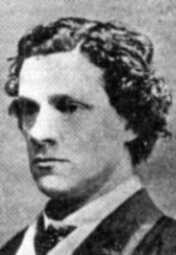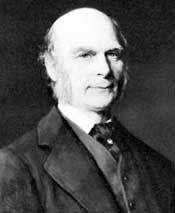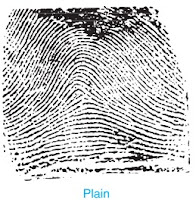History of Fingerprint Science
Prof. Jan Evangelista Purkinje
The history of fingerprint science dates back three 3000 years as it was first used in Chinato to sign legal documents. Then, In 1823 Prof. Jan Evangelista Purkinje published a thesis describing the friction ridge patterns and classifying fingerprints into Nine categories.
Sir William Herschel
In 1858, An English civil servant Sir William Herschel posted in Bengal, India, started the practice of recording handprints of native Indians to sign the contract. This, greatly prevented the cheating and impersonation among native Indians to sign the contract. But, William Herschel did not publish any of his findings.
Dr. Henry Fauld
In 1874, Dr. Henry Fauld, a Scottish physician working in a hospital in Tokyo, Japan, published his theory on the potential use of fingerprints for personal identification. In 1880, Dr. Fauld suggested that skin ridge patterns can be proved important for the identification of criminals. He also published his findings in Book 'Nature'.
Francis Galton
Later, extensive research on fingerprint science was done by Francis Galton. He developed a methodology for classifying fingerprints for filing purposes. In 1892, he published a book named "Fingerprints" which had good statistical proof stating the uniqueness of fingerprints in personal identification.
Edward Henry
Sir Edward Henry, an Inspector General of Police posted in Bengal, India developed an interest in the works of Sir William Herschel and Francis Galton and developed a more workable system of classification which was first adopted in India in 1897.
He was assisted by two Indian Bengal Police officers named Khan Bahadur Azizul and Rai Bahadur Hemchandra Bose in developing the classification system which is also known as Henry's ten-digit classification system.







